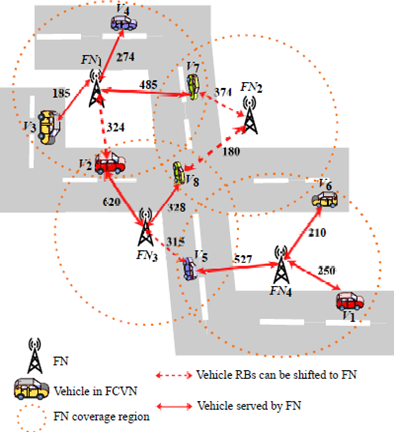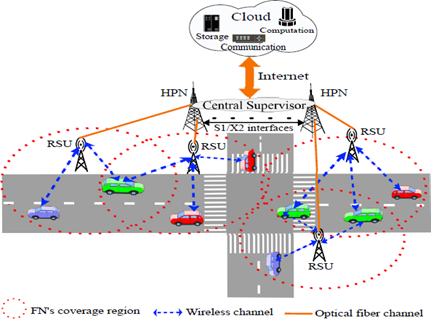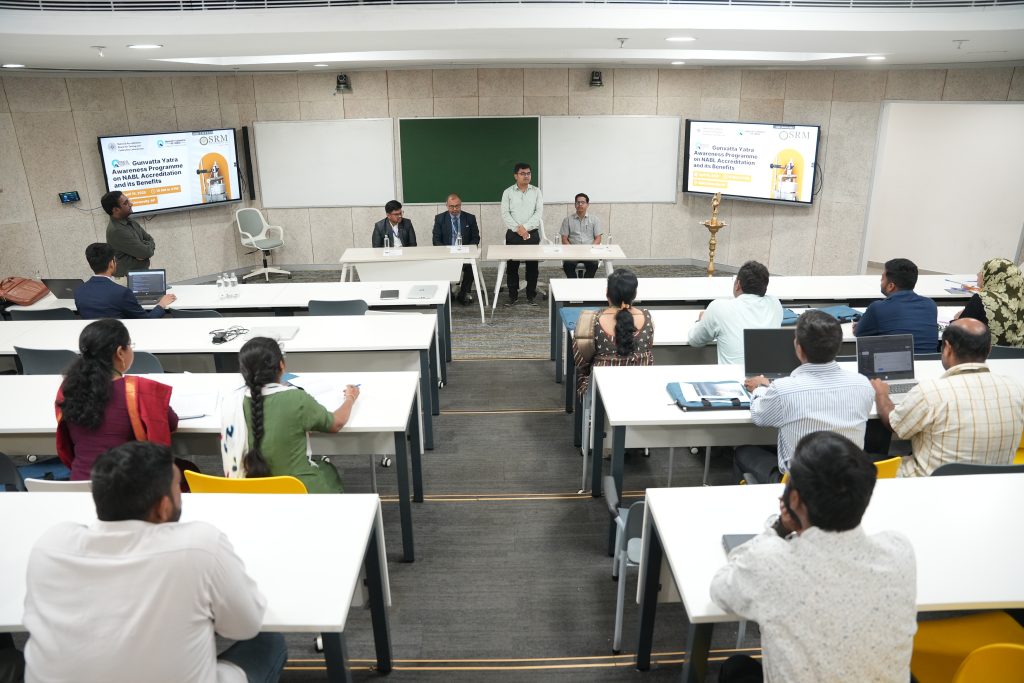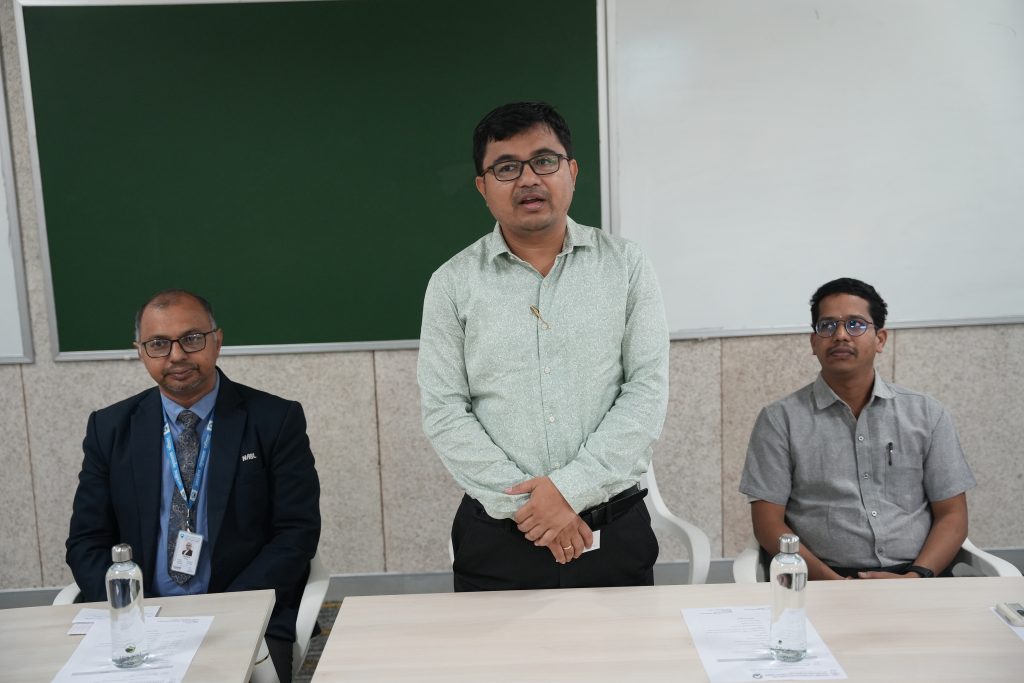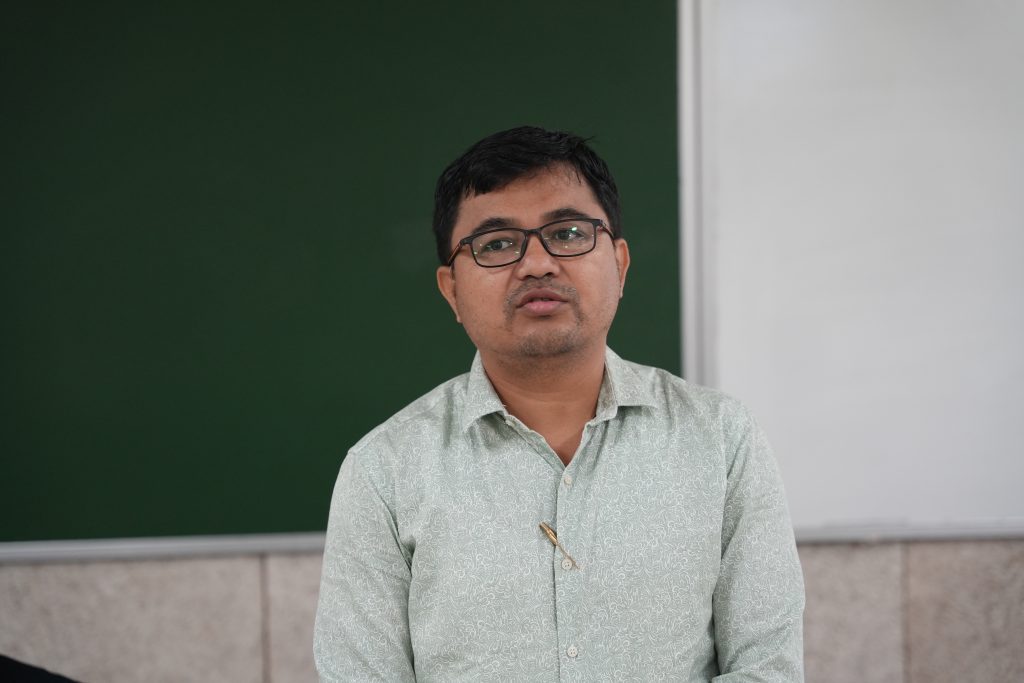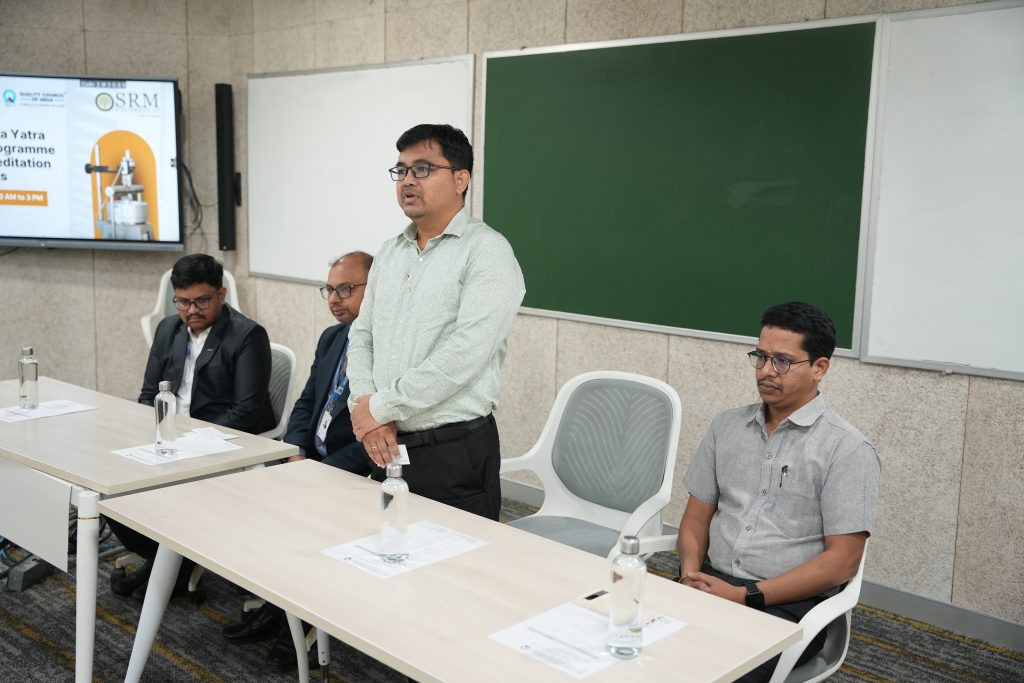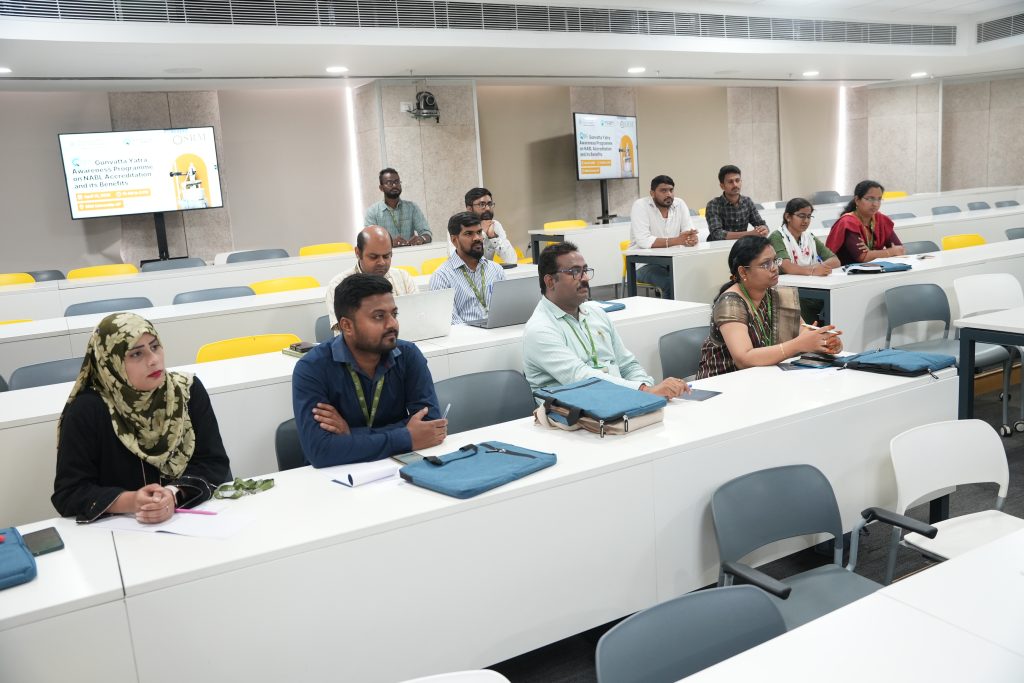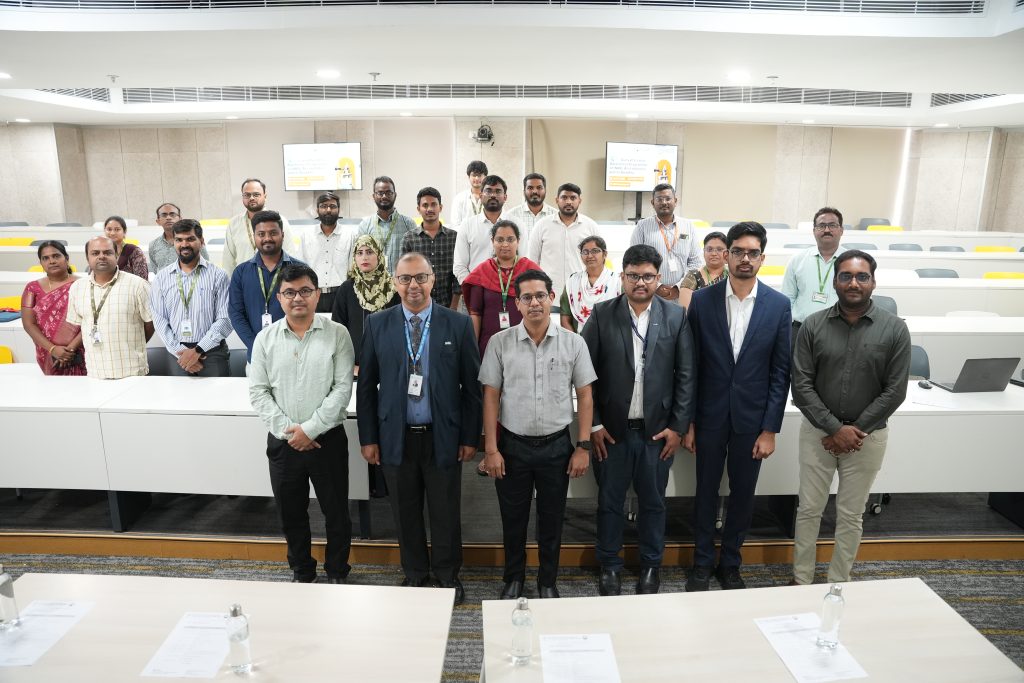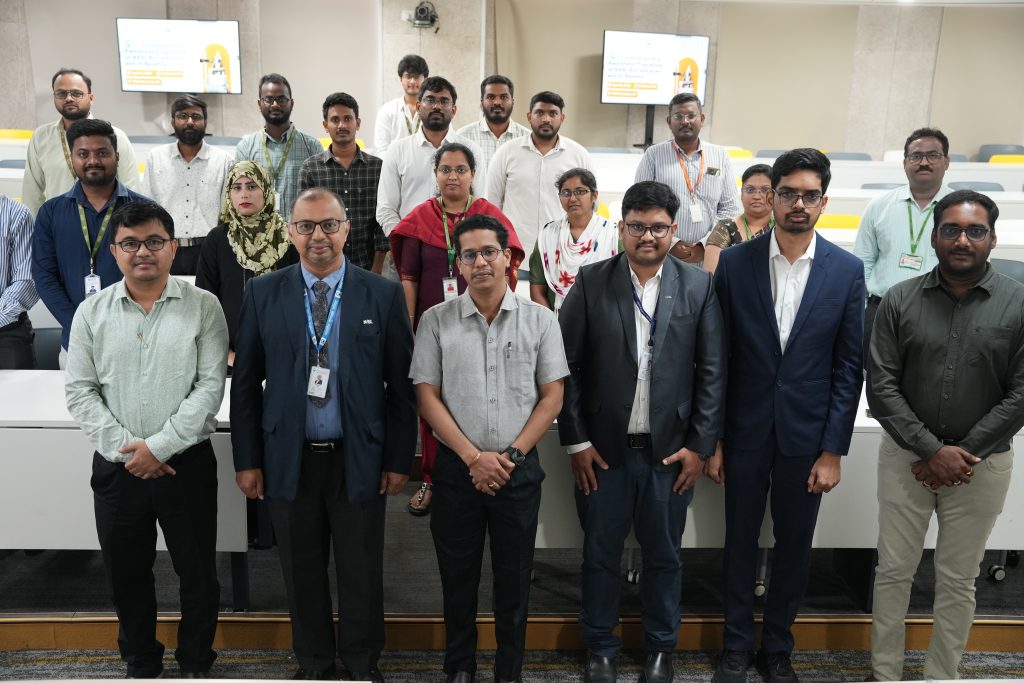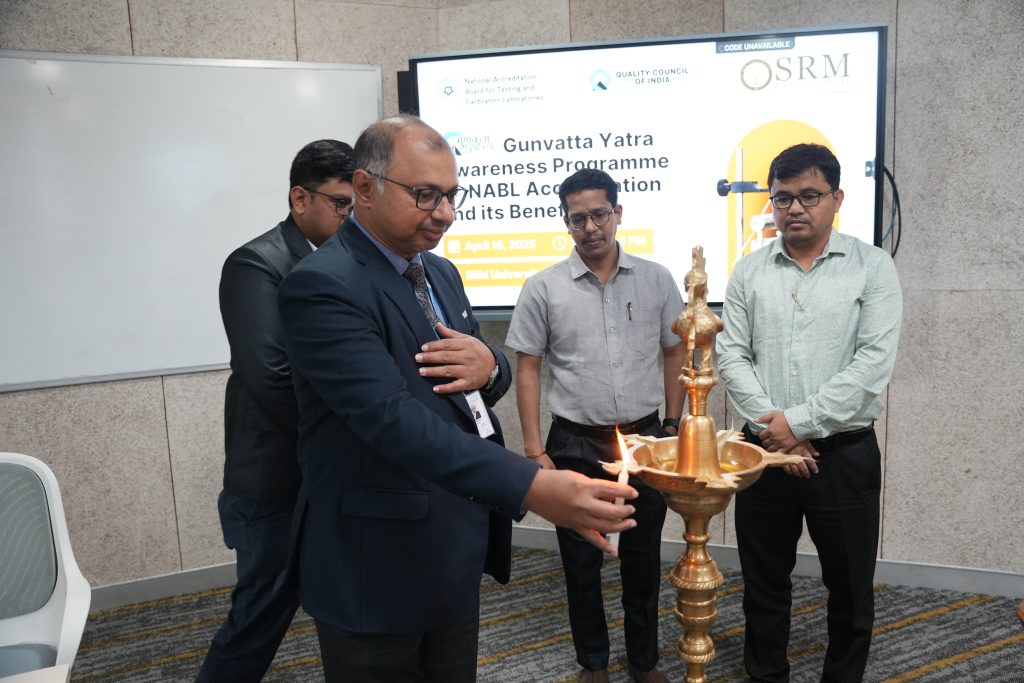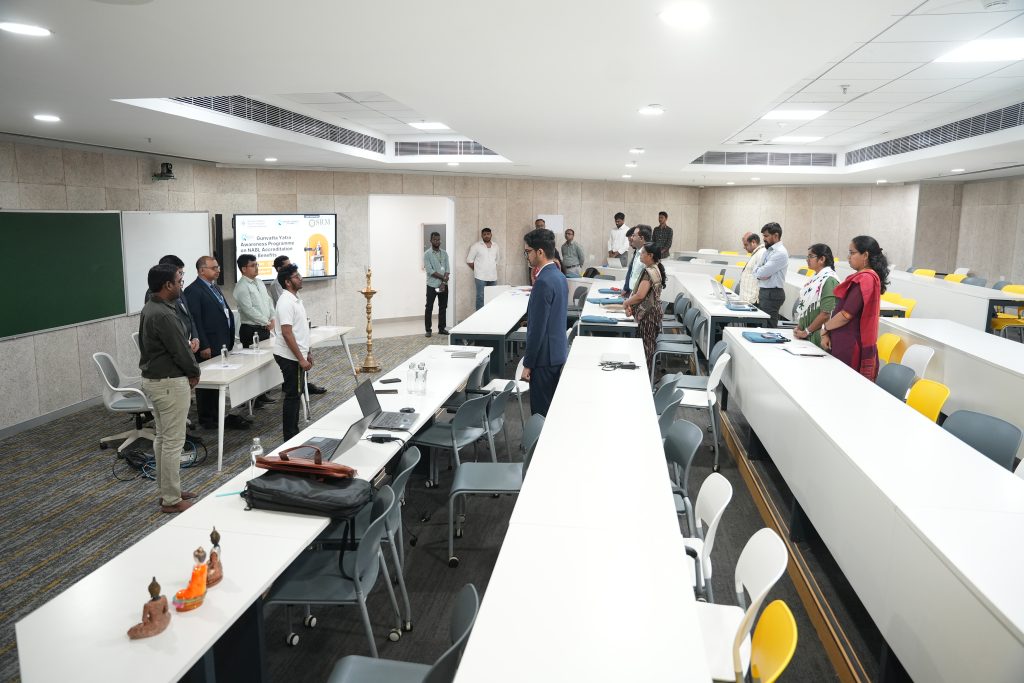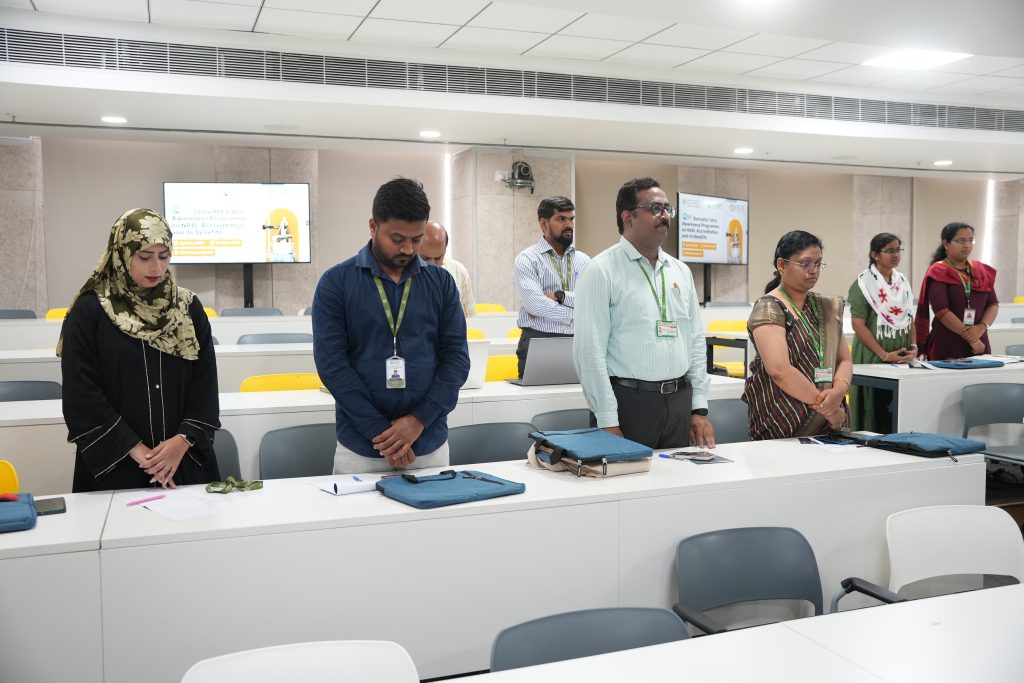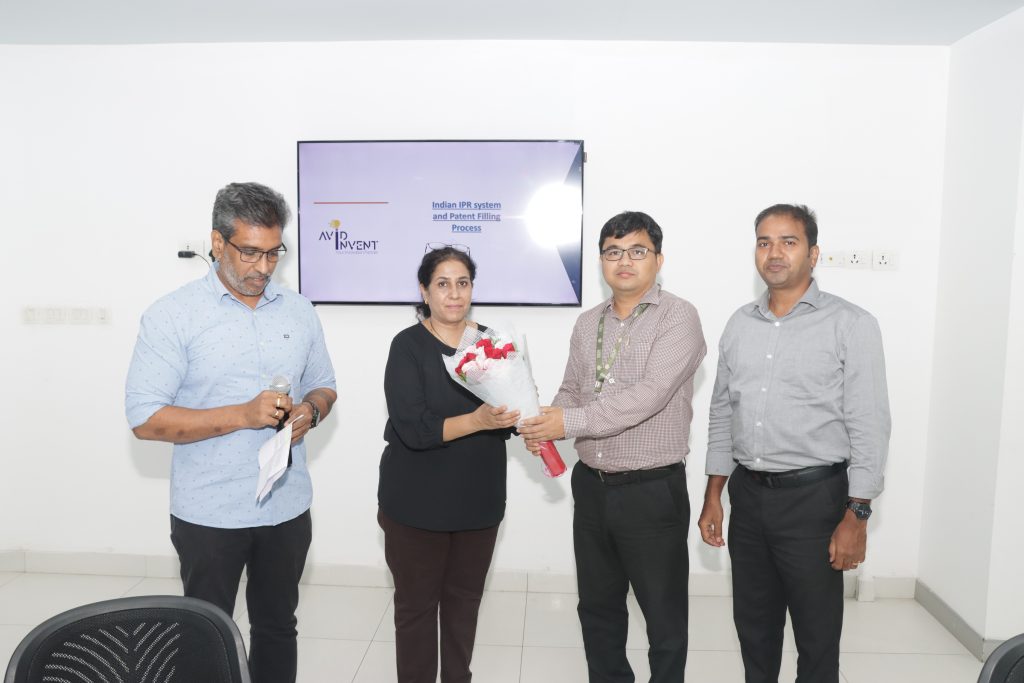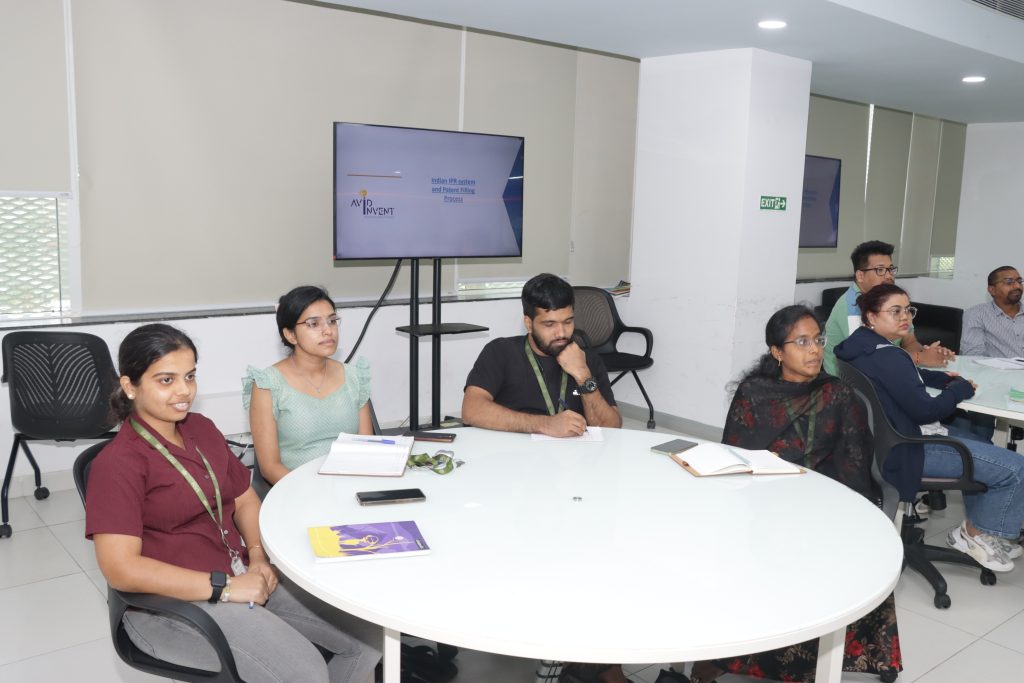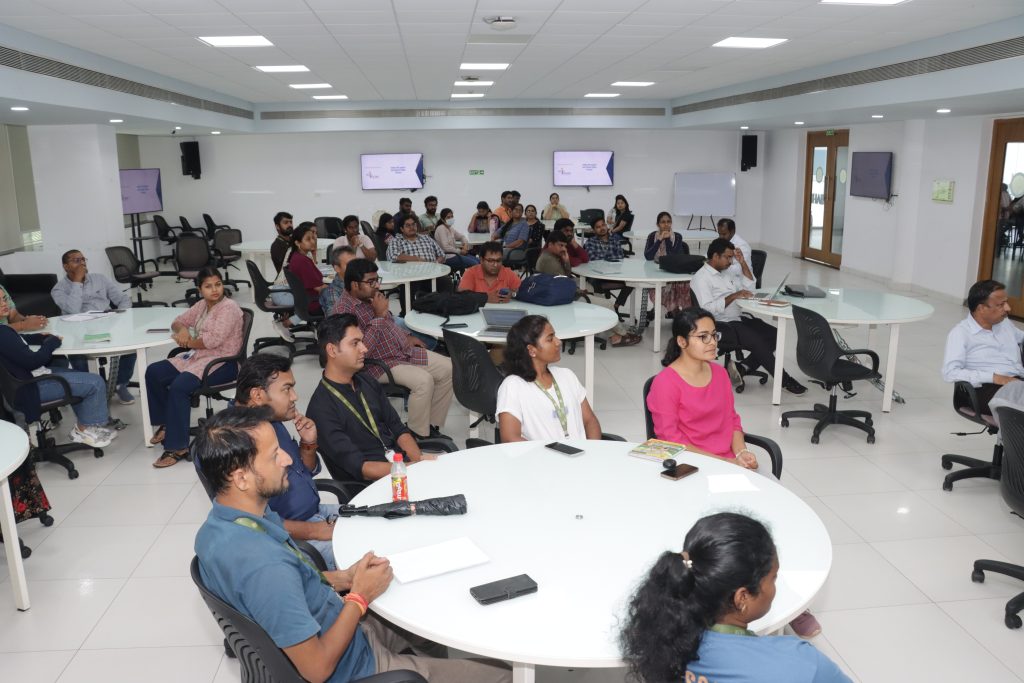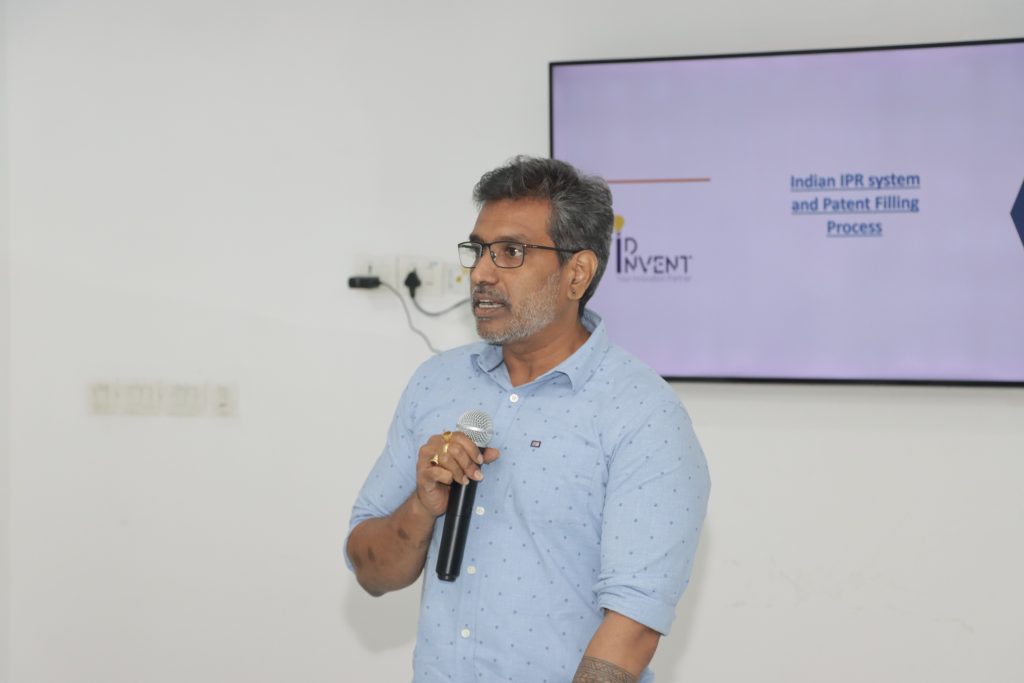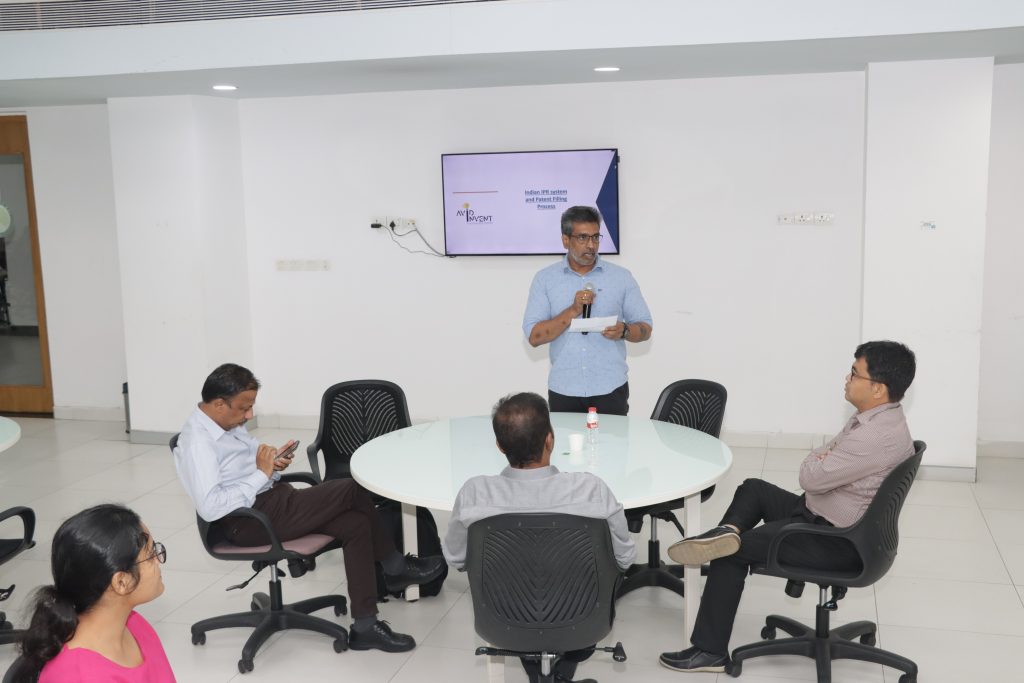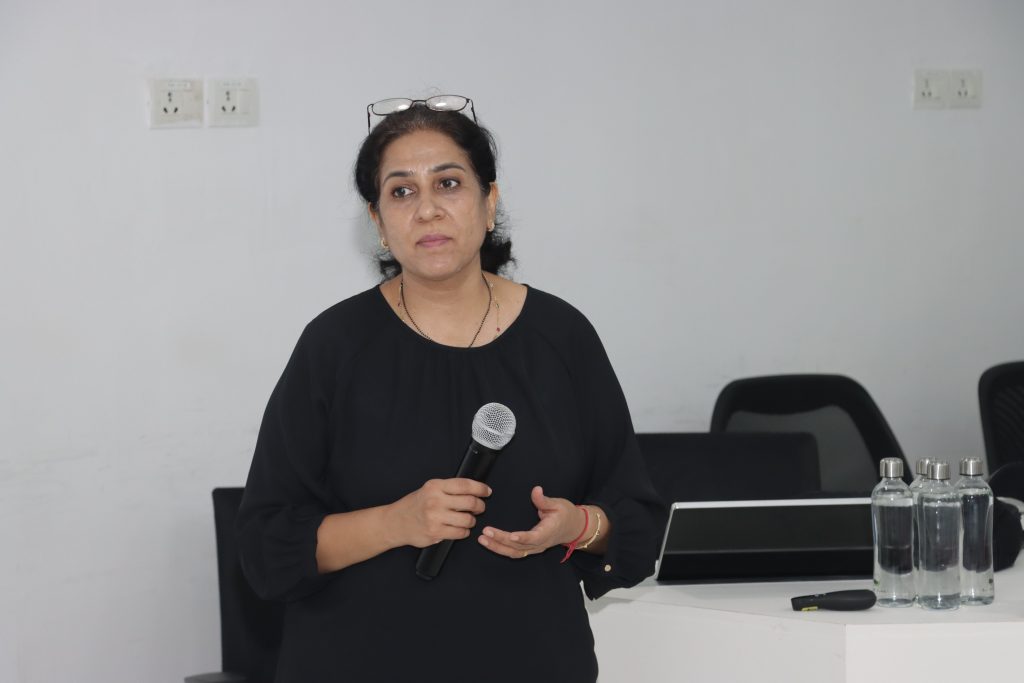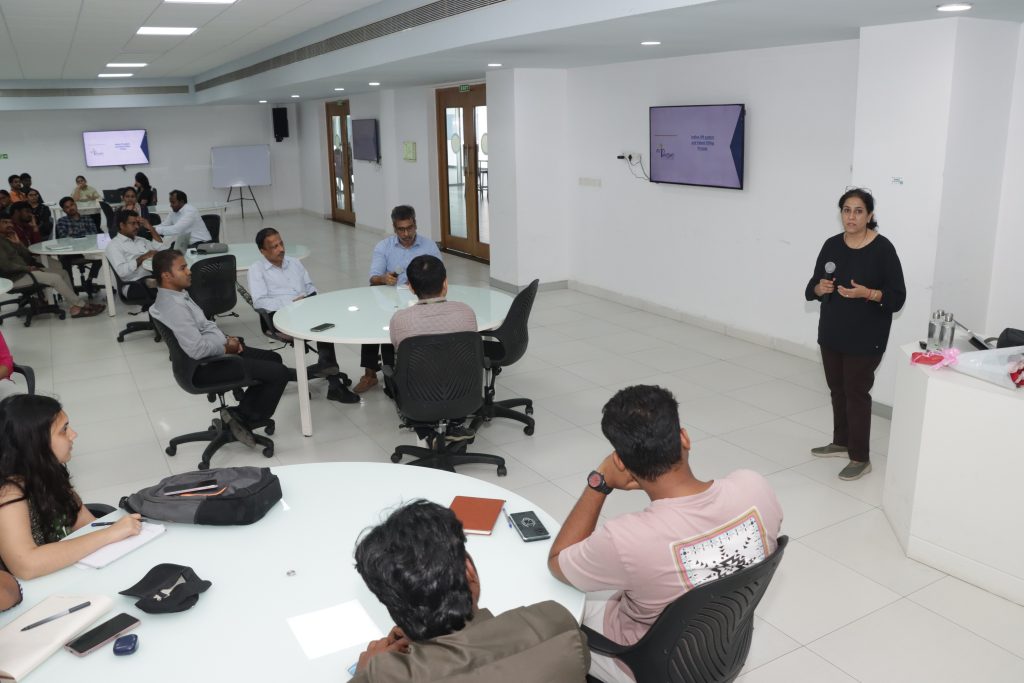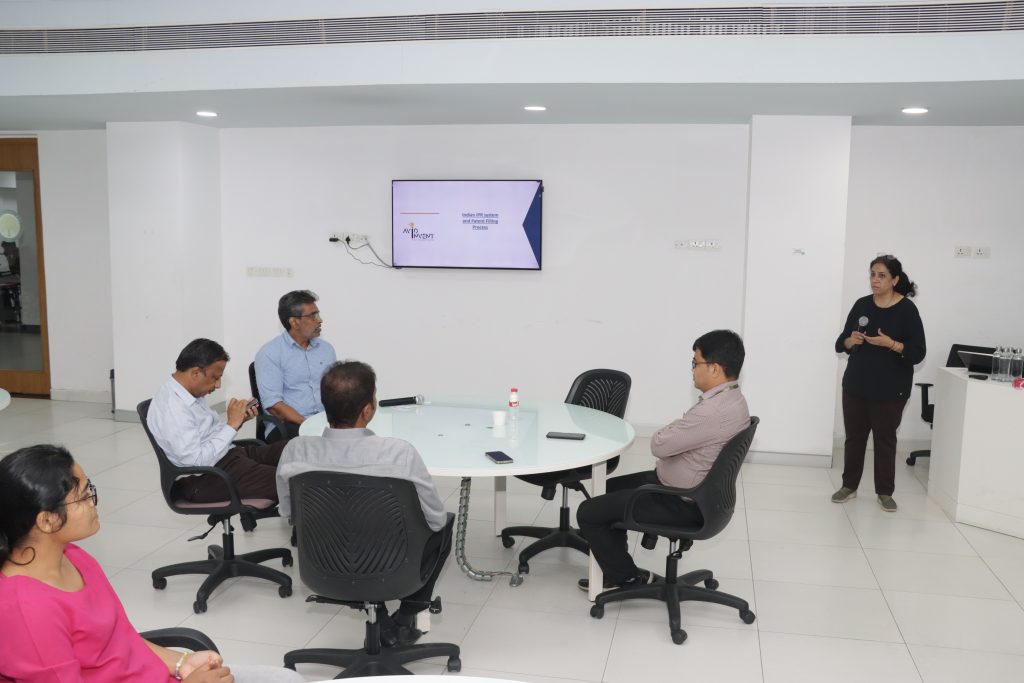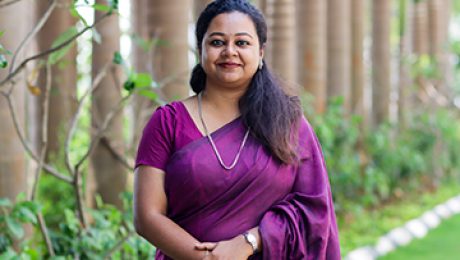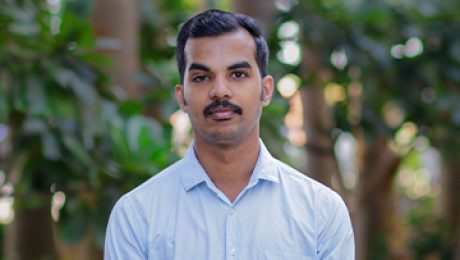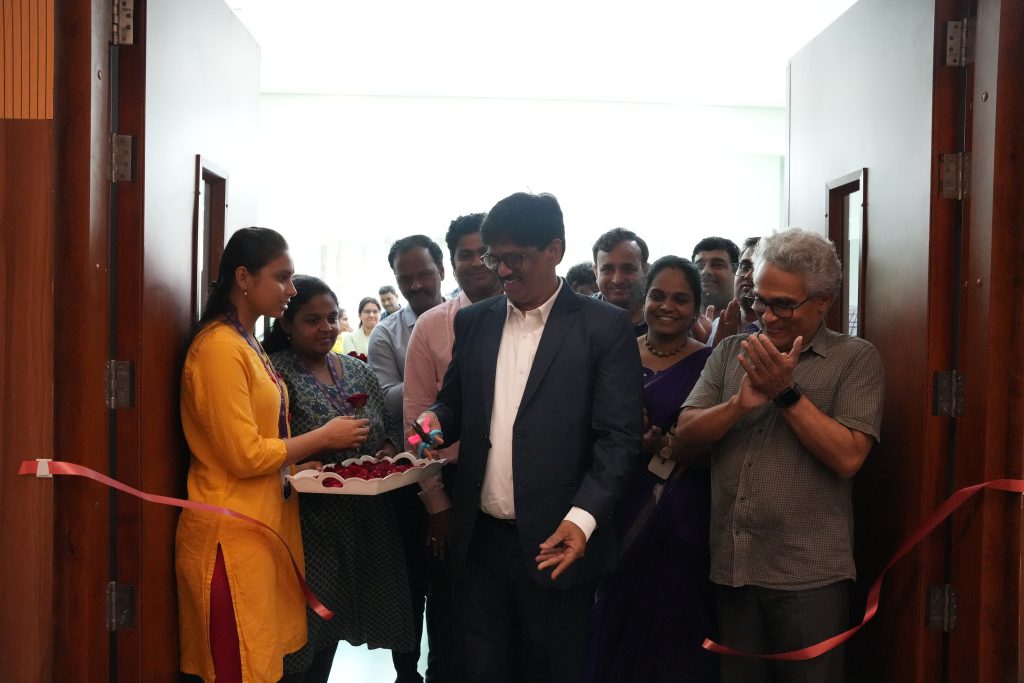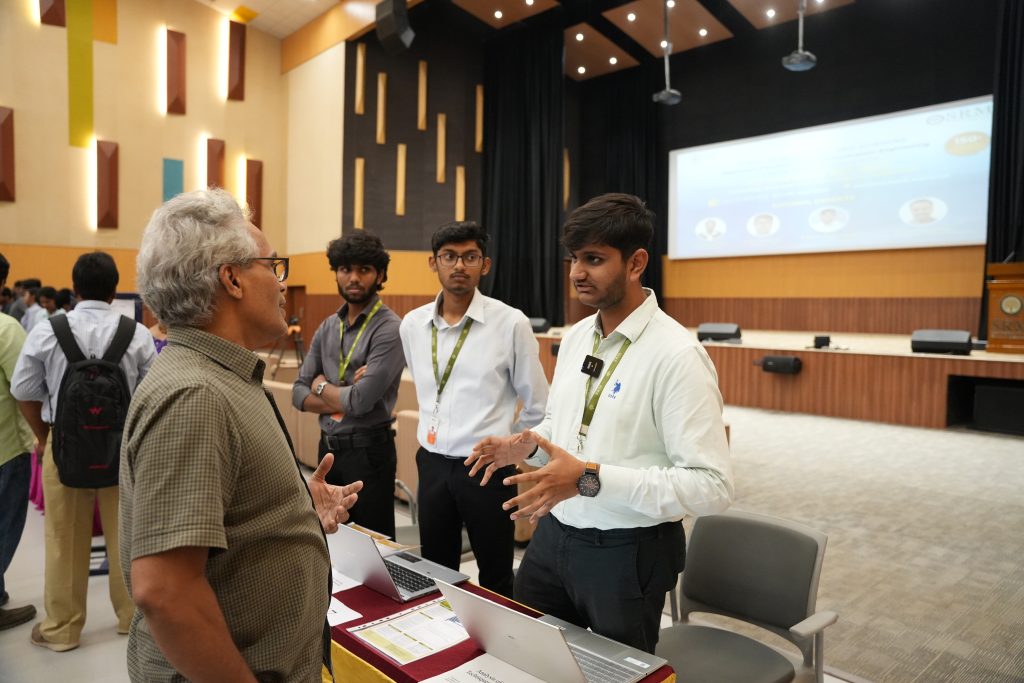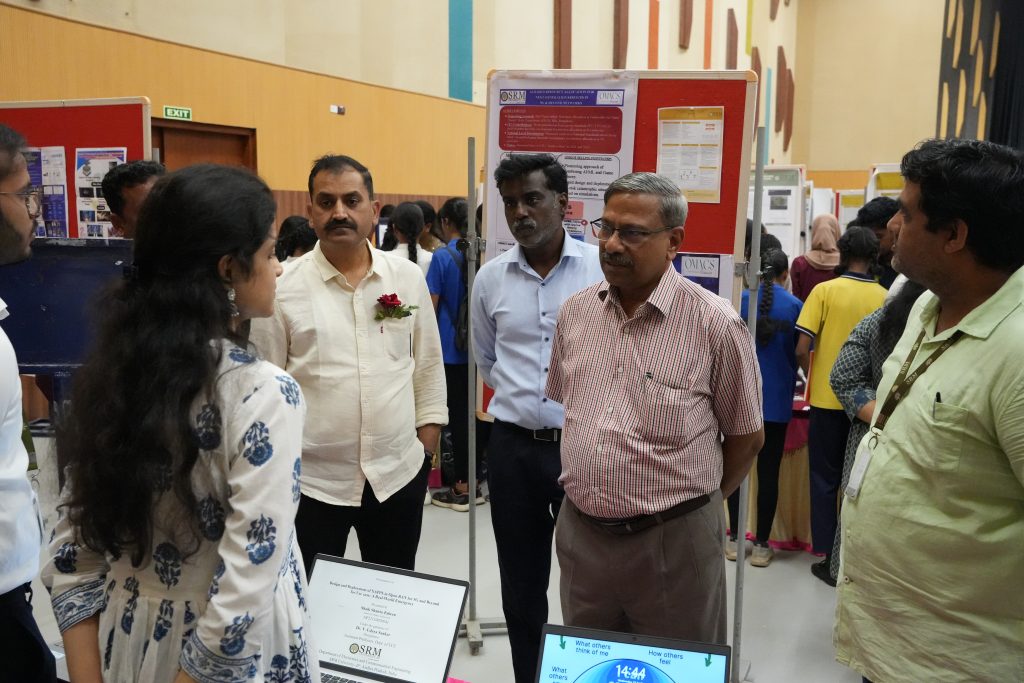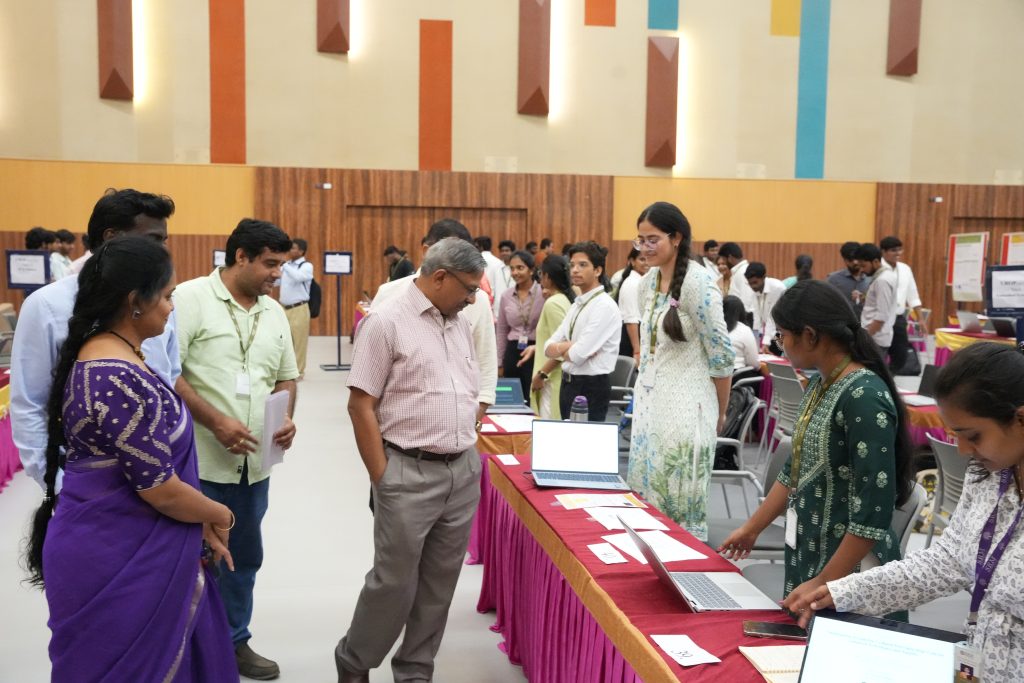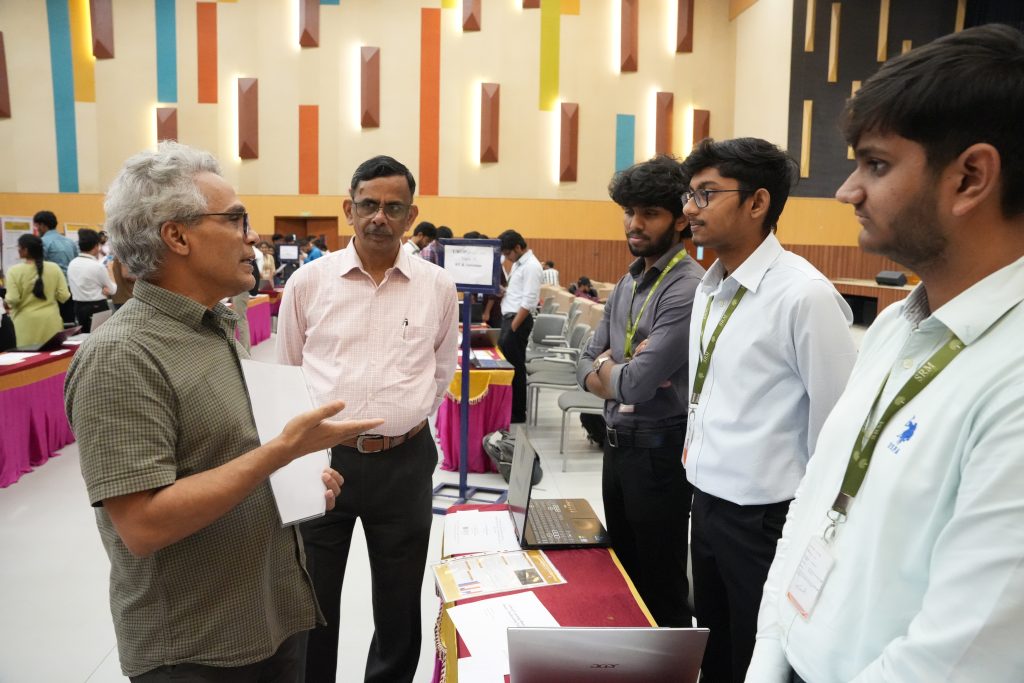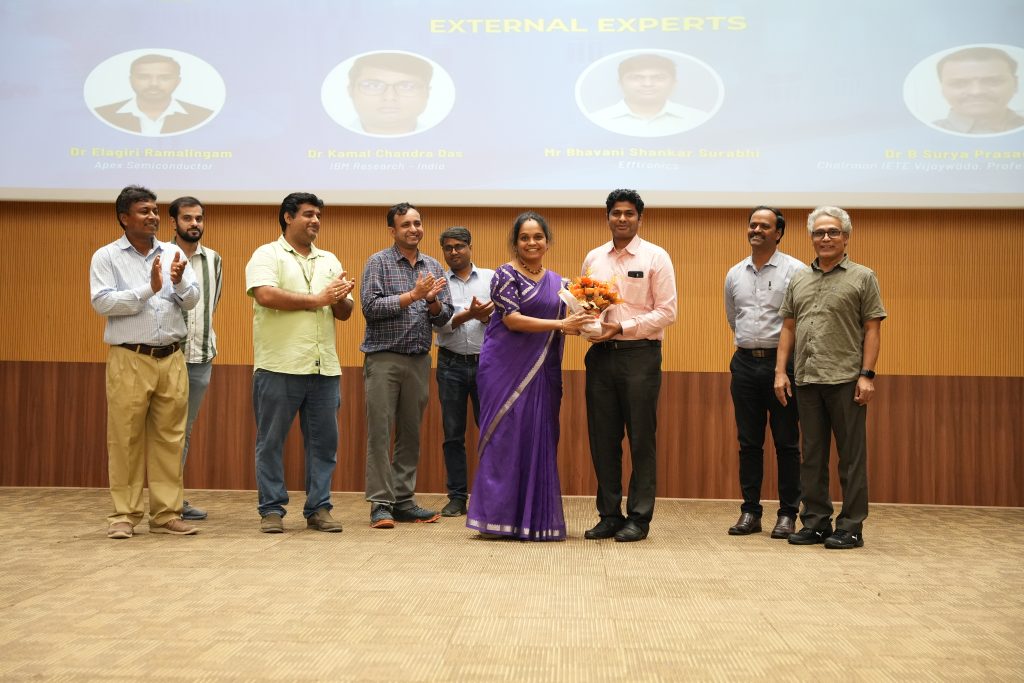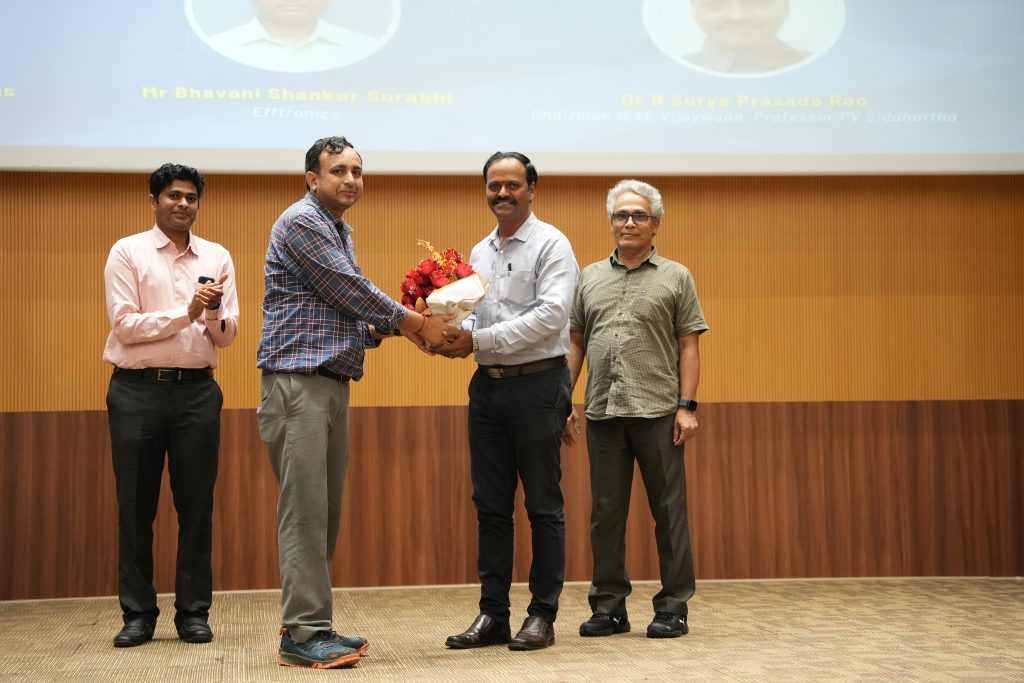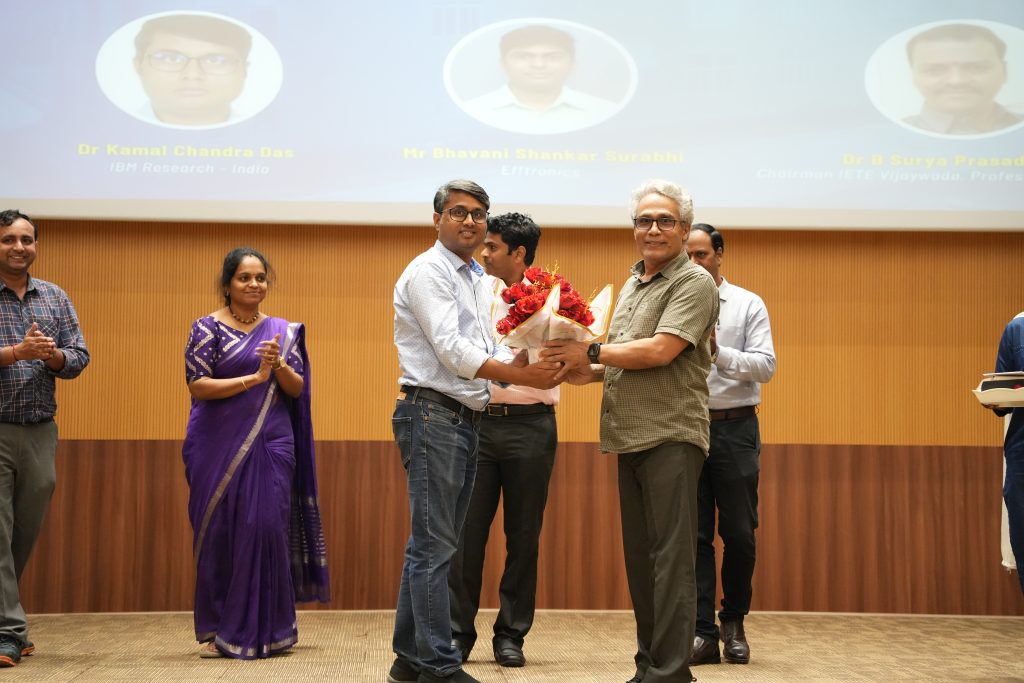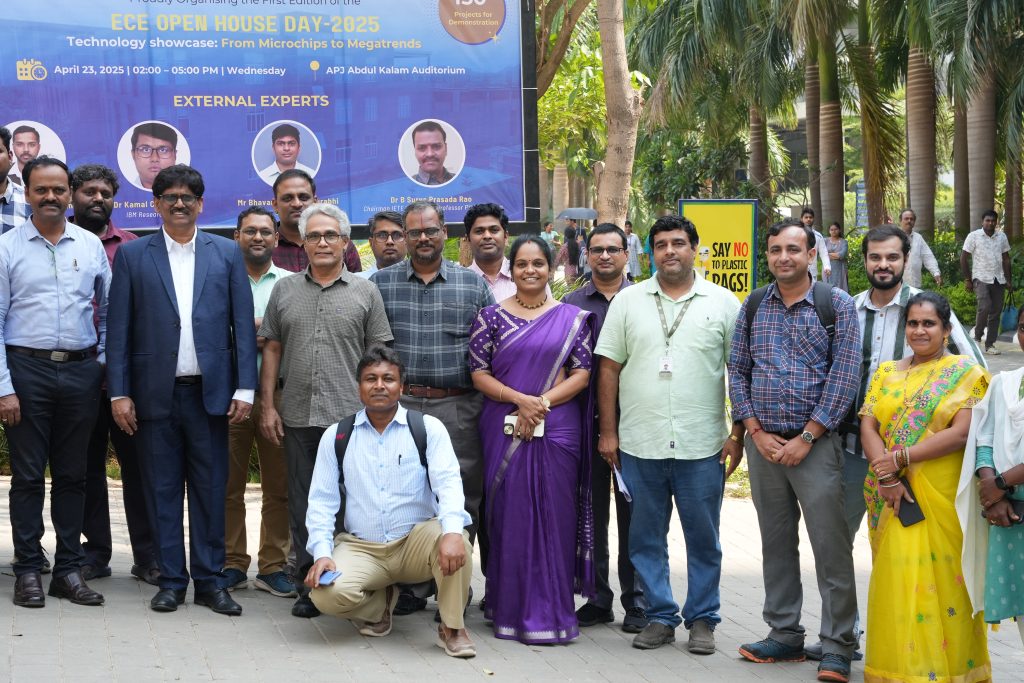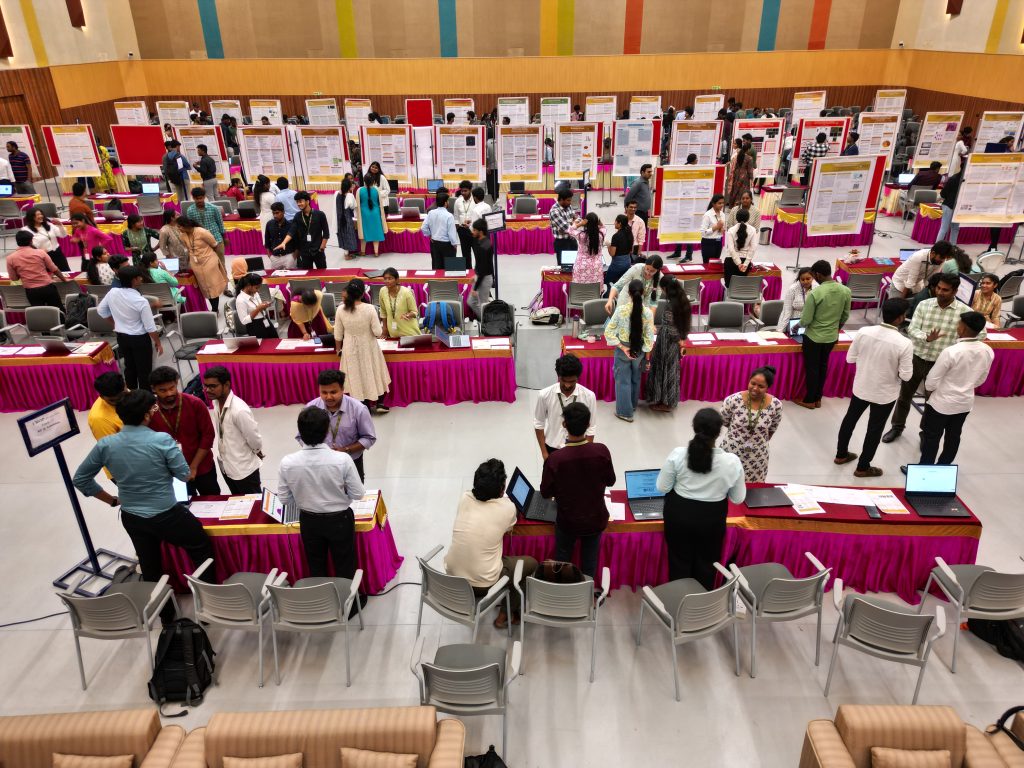Research Paper on Efficient Resource Orchestration Algorithm
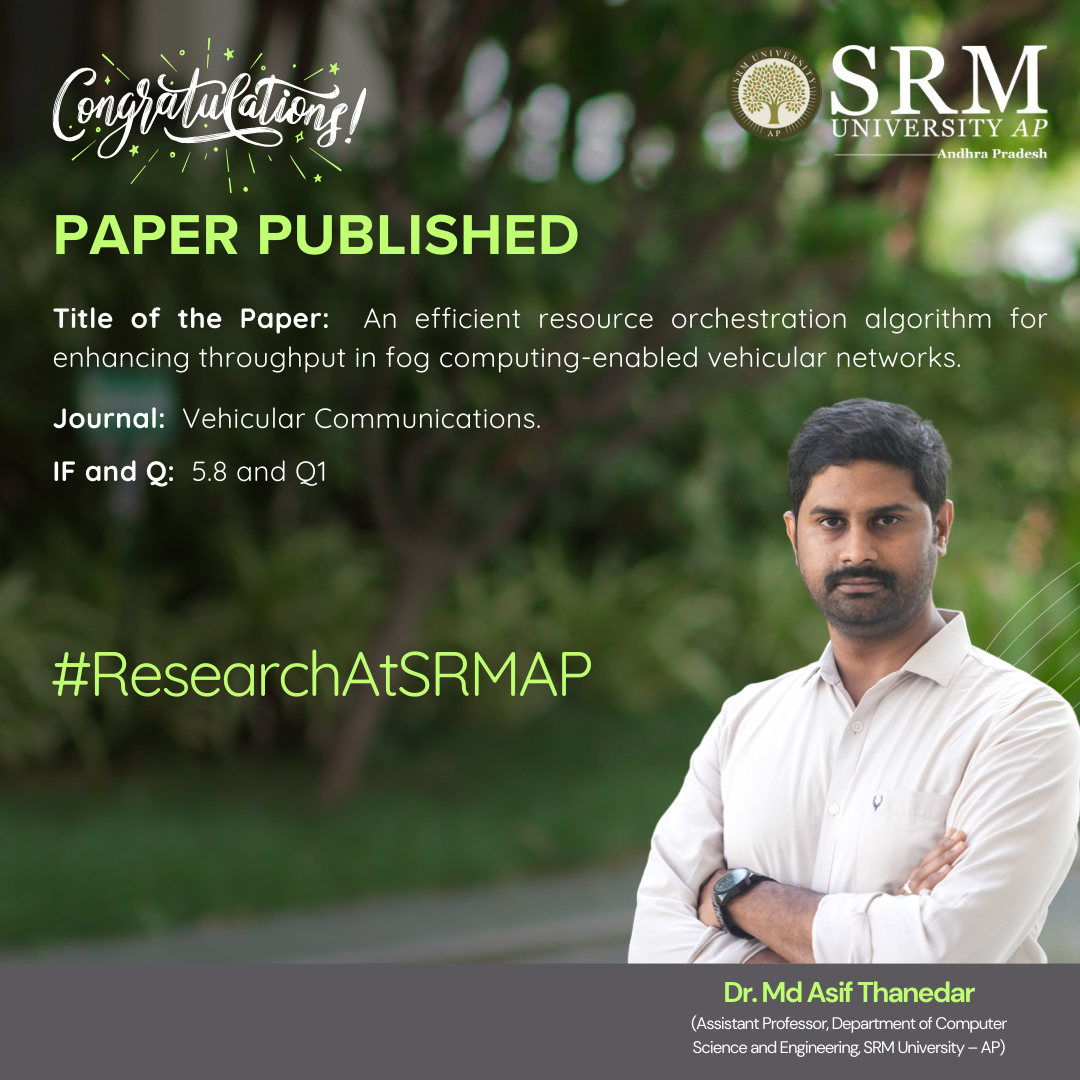 Dr Asif Thanedar, Assitant Professor at the Department of Computer Science and Engineering in research titled “An Efficient Resource Orchestration Algorithm for Enhancing Throughput in Fog Computing-enabled Vehicular Networks,” discusses issues faced by fog nodes (FNs) when serving connected vehicles during busy times. The research introduces an Efficient Resource Orchestration (ERO) algorithm designed to improve network performance by optimising resource use within the limits of FNs. The study aims to make a valuable contribution to the fields of vehicular fog computing and resource management.
Dr Asif Thanedar, Assitant Professor at the Department of Computer Science and Engineering in research titled “An Efficient Resource Orchestration Algorithm for Enhancing Throughput in Fog Computing-enabled Vehicular Networks,” discusses issues faced by fog nodes (FNs) when serving connected vehicles during busy times. The research introduces an Efficient Resource Orchestration (ERO) algorithm designed to improve network performance by optimising resource use within the limits of FNs. The study aims to make a valuable contribution to the fields of vehicular fog computing and resource management.
Abstract :
The intelligent vehicles are connected to the roadside infrastructure, such as high power nodes (HPNs) and roadside units (RSUs), also called fog nodes (FNs), for obtaining on-demand services. These FNs possess finite resources and can provide services to limited vehicles. However, when vehicles reach the network spike in demand, the FNs become impuissant in furnishing services in the existing solutions. As a result, there is a significant reduction in the network throughput. Therefore, we propose an efficient resource orchestration (ERO) algorithm to maximize the throughput by reducing the allocated resource blocks (RBs) of FNs.
Explanation in layperson’s terms:
The throughput is maximized by migrating allotted RBs of vehicles in non-restricted coverage regions such that the allotted RBs of these vehicles are minimized among pairs of FNs.
We formulated the RBs migration problem in FCVNs to an integer linear programming (ILP) by scrutinizing the variables influencing the network throughput and FNs resource constraints.
We propose an ERO algorithm, a polynomial time algorithm, which constructs the minimum priority queue for optimal RBs migration between pairs of FNs to augment the network’s throughput. The ERO algorithm synchronizes the RBs allocation for offloading upstream services such that throughput is maximized by partitioning the coverage of FNs into restricted and non-restricted coverage regions.
Practical implementation:
For practical implementation we consider the FNs are equipped with large batteries and deployed across the highway segments of remote areas (i.e., forests or hill terrain) with no consistent power supply. In this context, we present an efficient resource orchestration (ERO) algorithm for harmonizing RB allocation and offloading upstream services among FNs to maximize the network throughput during battery depletion.
Collaborations:
Dr Sanjaya Kumar Panda, Assistant Professor, Dept. of CSE, National Institute of Technology Warangal.
Future Research Plans:
Resource Provisioning in Fog environment.
Energy Efficiency in vehicular fog computing (VFC).
Multi-objective optimization in fog computing.
- Published in CSE NEWS, Departmental News, News
Dr Priyanka Singh and Students Collaborate on Innovative Approach of Image Retrieval
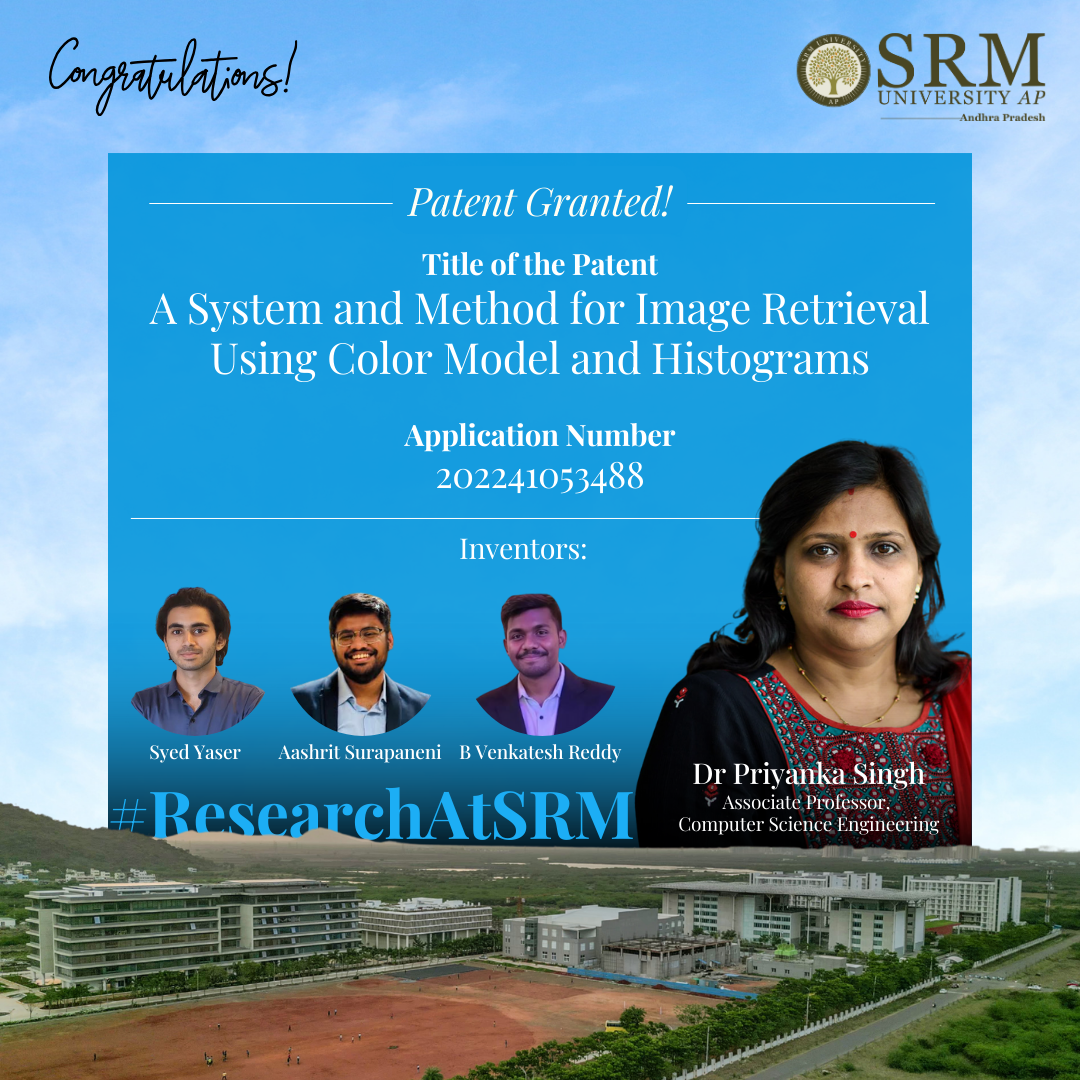 The patent titled “A System and Method for Image Retrieval Using Color Model and Histograms“, with application number 202241053488, presents a novel approach to image retrieval. Authored by Syed Yaser, Sai Aashrit Surapaneni, and B Venkatesh Reddy, with guidance from Dr Priyanka Singh, Associate Professor, Department of Computer Science and Engineering, this work explores the efficient and effective retrieval of images from large databases. The findings contribute significantly to advancements in various fields, including medical imaging and digital libraries.
The patent titled “A System and Method for Image Retrieval Using Color Model and Histograms“, with application number 202241053488, presents a novel approach to image retrieval. Authored by Syed Yaser, Sai Aashrit Surapaneni, and B Venkatesh Reddy, with guidance from Dr Priyanka Singh, Associate Professor, Department of Computer Science and Engineering, this work explores the efficient and effective retrieval of images from large databases. The findings contribute significantly to advancements in various fields, including medical imaging and digital libraries.
Abstract:
Content Based Image Retrieval; a widely researched area in the past few decades when it comes to image retrieval and searching images in a large database. The proposed scheme is based on Hue, Saturation, Value (HSV) components of an image and compares images by calculating the distance between histograms is used to implement CBIR using global and local comparison. Histogram of hue and saturation is generated for global comparison. The image in the database which has the minimum distance to our query image is the most similar image of all images. Which means when the distance is 0 the query image is the same as the target image which concludes the image retrieval process. The above algorithm has been completely implemented using python. Python was chosen because of its inbuilt libraries like cv2 for image processing, numpy for mathematical calculations and matplotlib for visualisation
Practical Implementation:
The system can be applied in various fields like medical imaging, digital libraries, surveillance, and e-commerce platforms where quick and accurate image search is necessary. It can also enhance accessibility tools for the visually impaired by recognising images based on content.
Collaborations:
This project was done with the support and guidance of professors and fellow students from the Department of Computer Science and Engineering at SRM University AP, Amaravati. The main team from SRM included:
Syed Yaser
Sai Aashrit Surapaneni
B Venkatesh Reddy
Dr Priyanka
Dr Naushad Varish from Koneru Lakshmaiah Education Foundation, Guntur, also made significant contributions to the work.
- Published in CSE NEWS, Departmental News, News, Research News
Dr Satish Kumar Takes Charge as the New Pro-Vice Chancellor
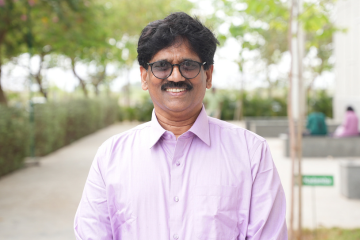 Prof. Ch Satish Kumar has assumed charge as the new Pro-Vice Chancellor of SRM University-AP. Dr Satish Kumar, who was the Vice Chancellor of SRM University, Sikkim has recently been entrusted the charge of Pro-Vice Chancellor of SRM University-AP by the varsity’s management.
Prof. Ch Satish Kumar has assumed charge as the new Pro-Vice Chancellor of SRM University-AP. Dr Satish Kumar, who was the Vice Chancellor of SRM University, Sikkim has recently been entrusted the charge of Pro-Vice Chancellor of SRM University-AP by the varsity’s management.
Dr Satish Kumar completed his post-graduation from Andhra University and received his Ph.D. from Punjabi University. He then went on to complete his Master’s in Management at McGill University, Canada and in 2007, he joined the School of Public Health in SRM Group as a Dean.
Dr Satish Kumar commitment to teaching, research, and administration, gradually led to his progress in senior leadership roles. In 2015, he joined SRM University, Sikkim where he initially took on the role of University Registrar before being promoted to Vice-Chancellor.
With over four decades of experience in higher education and public health Prof. Satish is the belief that the purpose of Education exceeds beyond mere dissemination of knowledge, education should drive meaningful change within the society.
- Published in News
Gunvatta Yatra Awareness Programme on NABL Accreditation
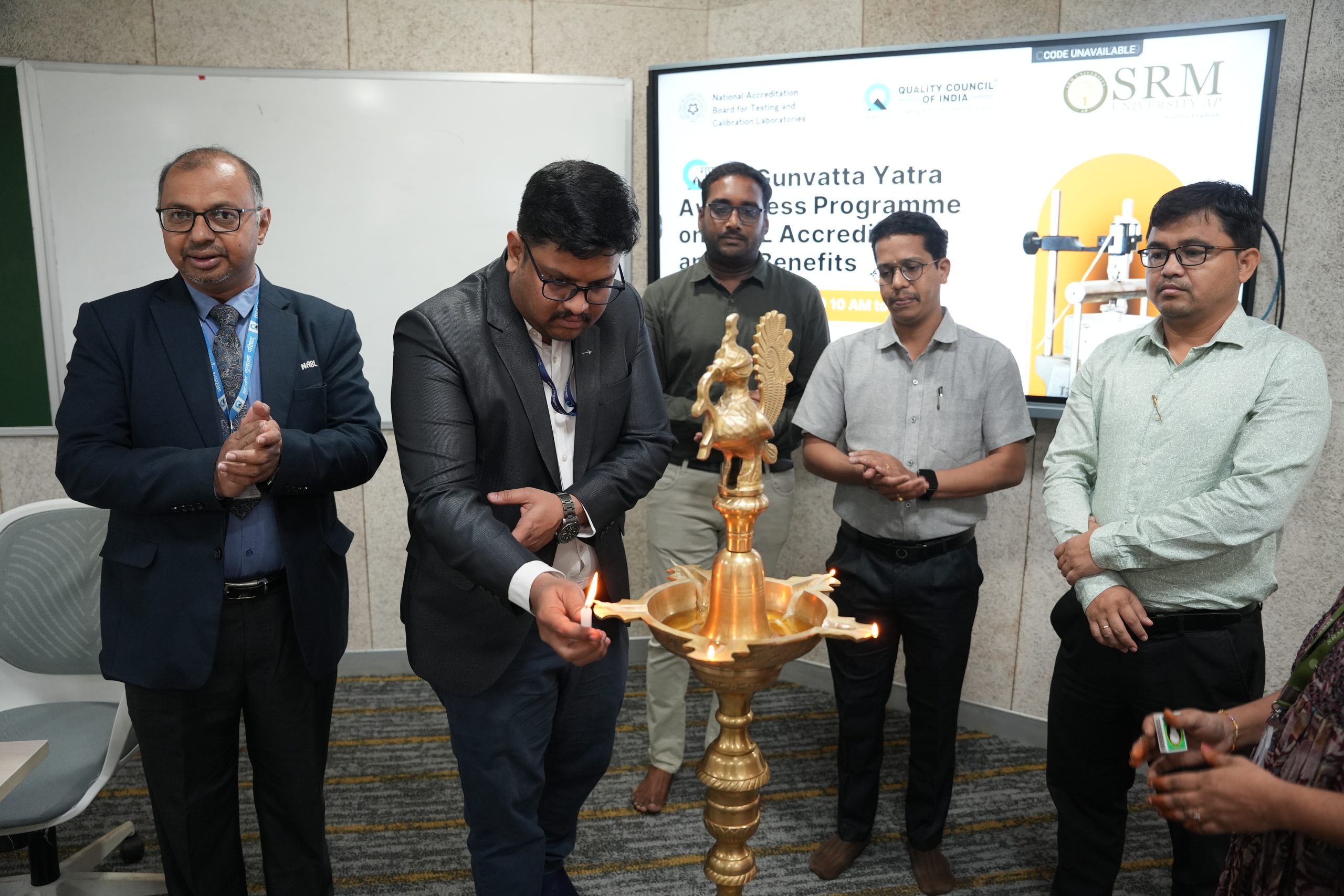 SRM University, Andhra Pradesh successfully hosted a significant one-day awareness workshop on NABL accreditation as part of the nationwide Gunvatta Yatra initiative. The event, organised by the Quality Council of India (QCI) and the National Accreditation Board for Testing and Calibration Laboratories (NABL), brought valuable knowledge about quality standards and accreditation processes directly to our campus.
SRM University, Andhra Pradesh successfully hosted a significant one-day awareness workshop on NABL accreditation as part of the nationwide Gunvatta Yatra initiative. The event, organised by the Quality Council of India (QCI) and the National Accreditation Board for Testing and Calibration Laboratories (NABL), brought valuable knowledge about quality standards and accreditation processes directly to our campus.
Gunvatta Yatra is an important programme, designed to elevate quality standards across healthcare, laboratories, and MSMEs throughout India’s Tier-2, Tier-3 cities and rural areas, focused specifically on NABL accreditation processes and benefits. The workshop began with an inauguration hosted by Dr Pranav from the Department of Civil Engineering. The event started with traditional lamp lighting by dignitaries from QCI Bangalore, the Dean of Research, and the HOD of Civil Engineering, followed by an invocation song that set a positive tone for the day’s proceedings.
Dr Ranjit Thapa, Dean of Research delivered the welcome address. He emphasised that despite being a young institution, SRM AP has established itself as a research-intensive university with substantial laboratory facilities and expressed his hope to continue this momentum in the future. He articulated the huge need for the research ecosystem in Andhra Pradesh, noting the requisite for expanded laboratory infrastructure, advanced equipment, and enhanced research support throughout the region.
Mr Srikanth R, Joint Director at NABL with an impressive 30 years of professional experience in quality assurance offered comprehensive insights into the purpose and importance of laboratory accreditation. He then explained how NABL effectively helps laboratories implement international standards and detailed the recent establishment of NABL’s regional office in Bangalore to better serve southern India. Mr Srikanth emphasised accreditation’s critical role as a tool for removing technical barriers in laboratory operations and shared the significant achievement of having 9,100 laboratories accredited across India under NABL’s rigorous standards.
Following this, MrbSreeram Pinnamaraju, Assistant Director at QCI/NABL, outlined the workshop’s comprehensive agenda covering accreditation courses, application procedures, benefits of becoming accredited, and pathways to becoming an accreditor. His said that the practical, process-oriented presentations would provide participants with actionable knowledge for implementing accreditation standards within their own institutions.
As part of the broader Gunvatta Yatra movement, this workshop marked a significant step in building quality awareness and institutional capacity across India. It also reinforced SRM AP’s unwavering commitment to promoting research excellence and adherence to quality standards.
- Published in CIVIL NEWS, Departmental News, News
IPR & Commercialisation Awareness with Dr Puneeta Arora
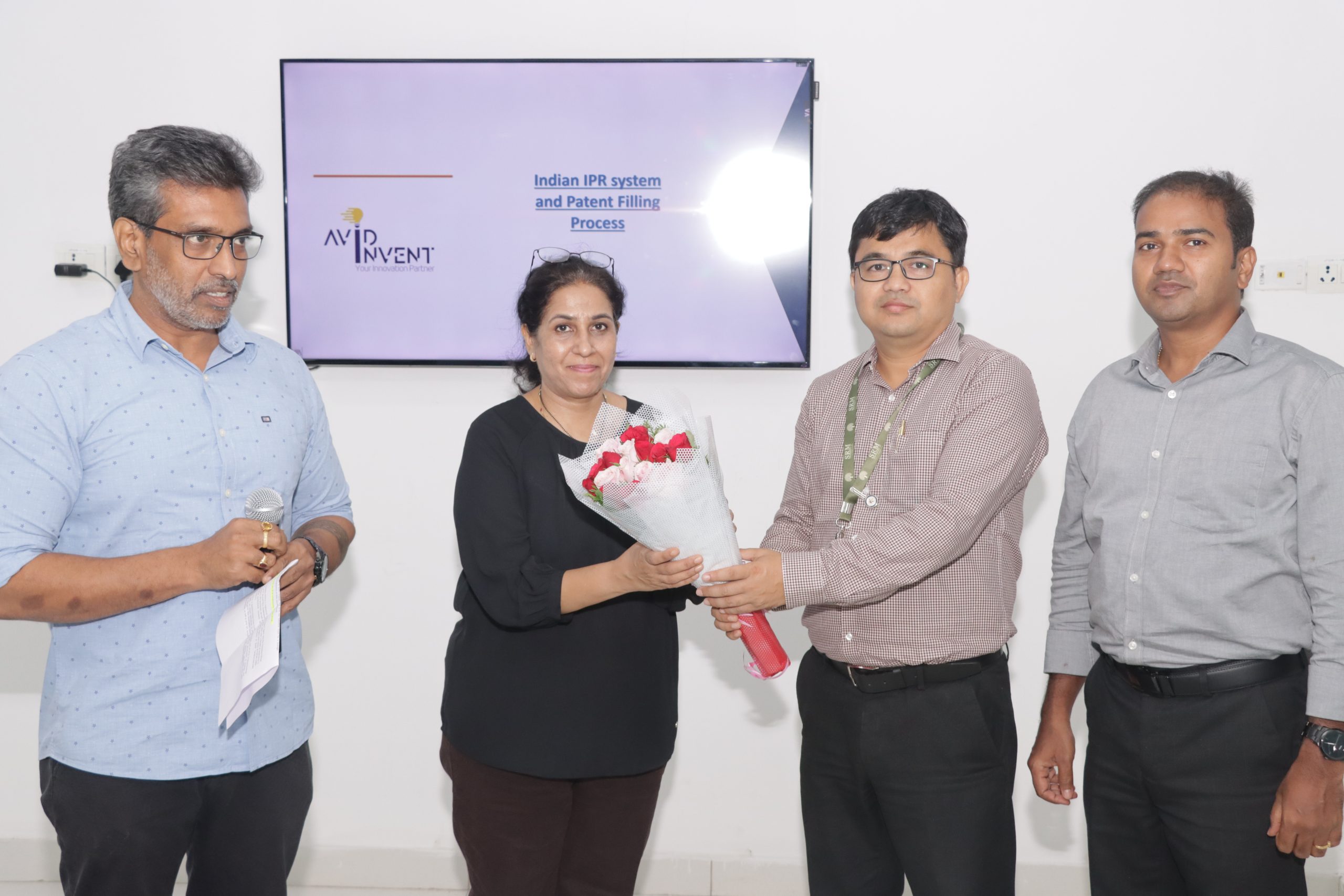 A workshop on “IPR & Commercialization Awareness” was organised jointly by the Technology Transfer Cell and the Office of Dean Research. The session was led by Dr Puneeta Arora, Founder of AvidInvent, a registered Indian Patent Agent, and a seasoned expert in patent law and innovation strategy. The event aimed to raise awareness on the protection of Intellectual Property Rights among researchers.
A workshop on “IPR & Commercialization Awareness” was organised jointly by the Technology Transfer Cell and the Office of Dean Research. The session was led by Dr Puneeta Arora, Founder of AvidInvent, a registered Indian Patent Agent, and a seasoned expert in patent law and innovation strategy. The event aimed to raise awareness on the protection of Intellectual Property Rights among researchers.
The workshop commenced with an introduction to the fundamentals of IPR and the importance of protecting innovations with the help of mechanisms like design registration, copyrights, patents, and more. Dr Arora laid emphasis on protecting your innovations from the ideation stage and discussed the filing of provisional patents. She also provided a step-by-step breakdown of the Indian patent application workflow, along with an explanation of PCT and Conventional Applications for researchers looking to file patents abroad.
The session addressed crucial aspects of patentability, such as the importance of novelty, the concept of non-patentable subject matter, prior art, and obviousness. Dr Arora contextualised these concepts with the help of real-world examples and explained how strategic thinking can influence patenting decisions. Additionally, a dedicated segment on IPR in the life sciences was held, which focused on elements specific to the fields of agriculture, wellness, medical sciences, etc., with the help of case studies. This offered valuable insight to participants with backgrounds in biosciences and biotechnology.
The workshop concluded with an interactive Q&A session, where Dr Arora had a discussion with participants on their personal research projects and potential IP applications. Dr Arora was felicitated by Prof. Ranjit Thapa, Dean Research, in recognition of her invaluable contributions. The workshop encouraged participants and raised awareness on IPR, patent literacy, and commercialisation strategies.
- Published in News, Research News
The Shepherd who listened: Pope Francis and the Dream of an inclusive Church
- Published in Thought Leadership
Mentoring a Golden Future: The Promise of Naidu’s P4 Model
- Published in Thought Leadership
SRM-ites Shine at the TechXcelerate Hackathon
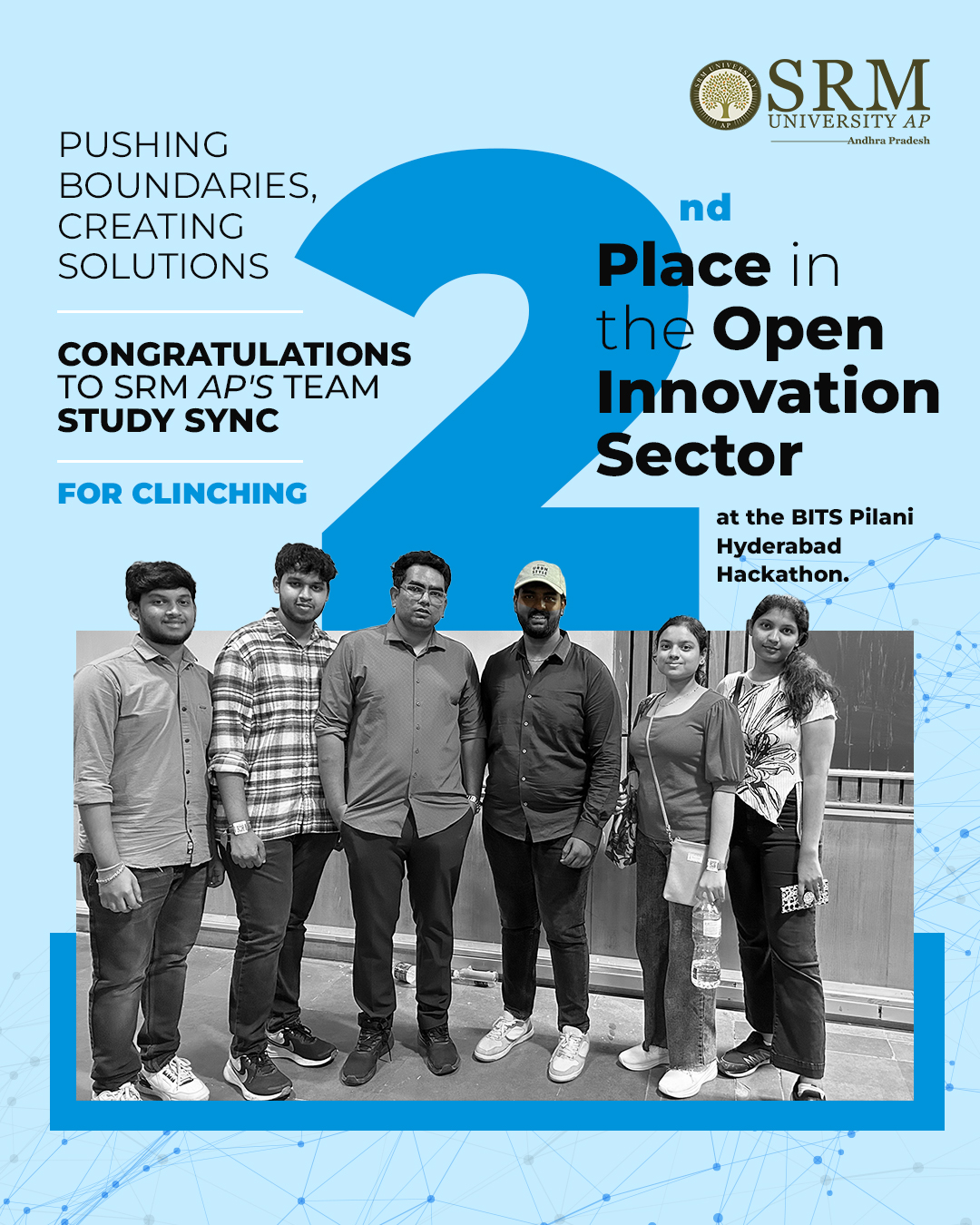 We are delighted to share the outstanding achievement of our students from the Department of Computer Science and Engineering, SRM University-AP, who have secured the Second Position in the prestigious TechXcelerate Hackathon conducted by BITS Pilani, Hyderabad Campus from March 22 to 24, 2025.
We are delighted to share the outstanding achievement of our students from the Department of Computer Science and Engineering, SRM University-AP, who have secured the Second Position in the prestigious TechXcelerate Hackathon conducted by BITS Pilani, Hyderabad Campus from March 22 to 24, 2025.
The winning team comprised five talented students from the Department of Computer Science and Engineering: G. Dhanush, K. Venkat, P Bhavya Sri, K Vaishnavi, and Jogith.
Competing in the Open Innovation Track of this national-level event, the team, StudySync, demonstrated exceptional creativity, technical expertise, and innovative problem-solving skills amidst participation from over 4000+ students and 829+ teams across India. The team also participated in the TechXcelerate Program, an innovation accelerator initiative, and was conferred the Hackathon Codebeta recognition by Barathversity.
The team developed StudySync, a next-generation collaborative productivity platform tailored for students. The platform enhances academic engagement through smart scheduling, intuitive task tracking, and interactive study rooms, creating an efficient learning environment.
This remarkable achievement is a testament to the innovative spirit and technical brilliance of our students. The university congratulates Team StudySync on their well-deserved success and wishes them the very best in their future endeavours.
- Published in CSE NEWS, Departmental News, News, Students Achievements
ECE Department Hosts Open House Day 2025
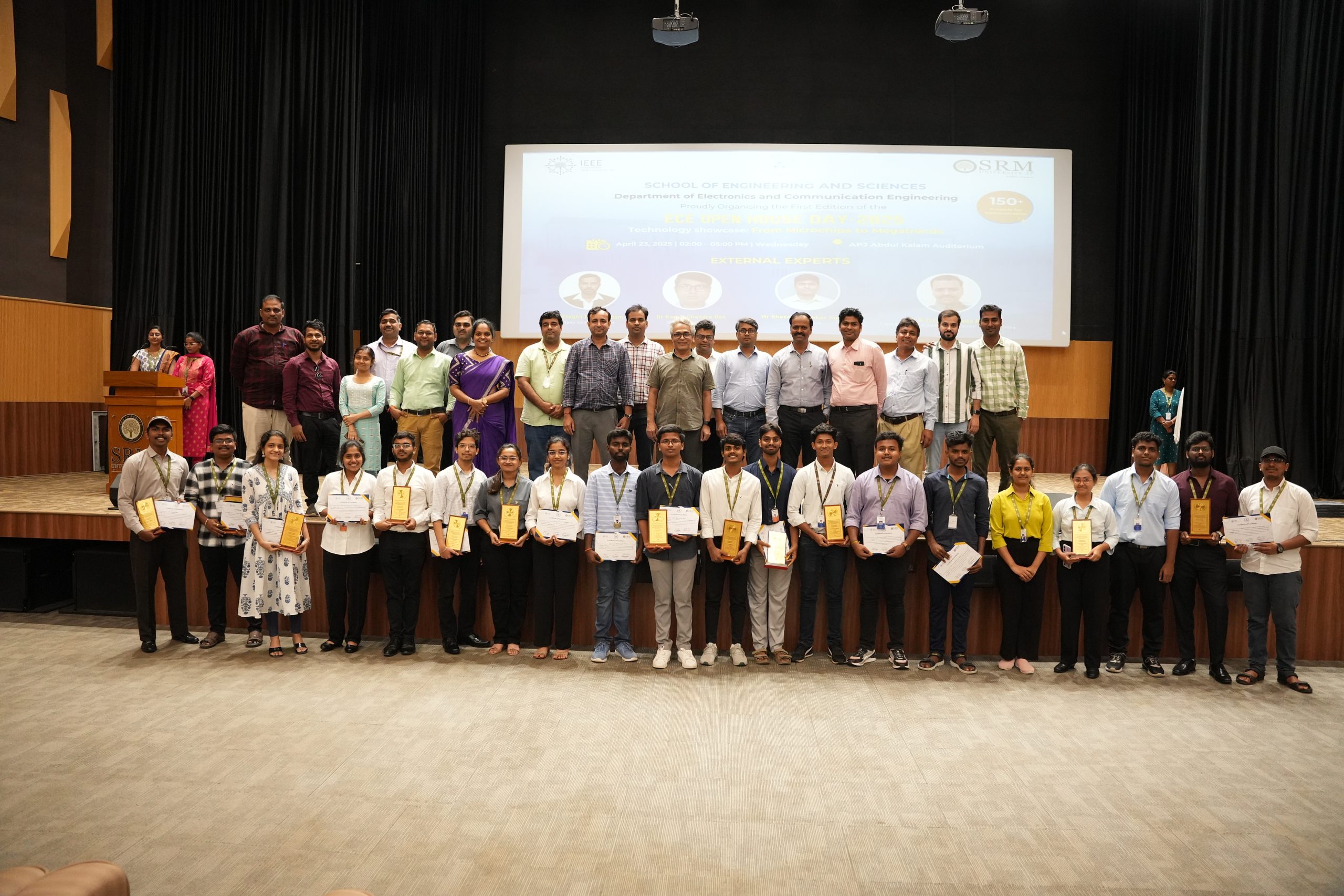 The Department of Electronics and Communication Engineering (ECE) organised “ECE Open House Day-2025: From Microchips to Megatrends,” the first edition of its flagship event. The Open House 2025 witnessed the presence of industry experts like Dr Rajkumar Elagiri Ramalingam, Mphasis; Dr Kamal Das, Senior Research Scientist & Technical Assistant to Director – IBM Research India; Mr Bhavani Shankar, Executive Manager & Head – IoT at Efftronics; Dr B Surya Prasada Rao, Chairman IETE Vijayawada, along with Pro Vice Chancellor, Prof. Ch. Satish Kumar; Registrar, Dr R Premkumar; Dean- SEAS, Prof. CV Tomy; Head & Associate Professor, Dr K A Sunitha; Event Convenor- Dr Goutam Rana; Co-convenors- Dr Arijit Datta, Dr Pradyut, Dr Saswat Kumar, other members of the faculty, staff and student community.
The Department of Electronics and Communication Engineering (ECE) organised “ECE Open House Day-2025: From Microchips to Megatrends,” the first edition of its flagship event. The Open House 2025 witnessed the presence of industry experts like Dr Rajkumar Elagiri Ramalingam, Mphasis; Dr Kamal Das, Senior Research Scientist & Technical Assistant to Director – IBM Research India; Mr Bhavani Shankar, Executive Manager & Head – IoT at Efftronics; Dr B Surya Prasada Rao, Chairman IETE Vijayawada, along with Pro Vice Chancellor, Prof. Ch. Satish Kumar; Registrar, Dr R Premkumar; Dean- SEAS, Prof. CV Tomy; Head & Associate Professor, Dr K A Sunitha; Event Convenor- Dr Goutam Rana; Co-convenors- Dr Arijit Datta, Dr Pradyut, Dr Saswat Kumar, other members of the faculty, staff and student community.
The event featured over 150 groundbreaking student projects developed as part of Capstone, UROP, and M.Tech tracks under the mentorship of ECE faculty at the varsity. Apart from the students from the varsity, the event saw the participation of students from the local schools and colleges, aiming to inspire their technical and innovative acumen.
The Open House 2025 presented projects across various cutting-edge domains, including VLSI, Embedded Systems & IoT, Biomedical Signal Processing, RF & Antenna Design and Communication Engineering. Among the 150+ projects presented, the judges recognised the top twelve for their outstanding innovation and creativity.
Pujari Sri Sai Manikanta and Ajit Kumar received accolades under the Embedded and IoT Track for their project on Autonomous Drone Delivery. Darapureddy Divya Deekshitha was honoured in the Robotics and Bionics category of the Biomedical and Signal Processing Track for her exemplary work. From the VLSI Track, Dhanesh Kumar Jallepalli earned recognition for his software project titled Exploring Logic Locking Techniques: The SAIL Attack. Shaik Shaista Zabeen excelled in the Communication and Networks Track with his project, O-RAN with AIML. Venkata Ramana Murthy Pondala stood out in the RF and Antenna Track for his work on Reconstruction of SPARS SAR System mmWave Radar Images.
In the Capstone Project category, P Mahesh, N Boobalan, V Harsha, and M Stephen Daniel made a significant impact. Bhuvan Chand Guntuku and Sai Meghana Unguturi excelled in the Biomedical and Signal Processing Tracks. In the VLSI, Communication and Networks, and RF and Antenna Tracks, students Amrit Kumar Singha, Arnov Paul, Meera C, Kamalnath S, Hamshini T K, and Sri Sankeerth Dhanekula also made their mark. Lastly, Bandi Raja Babu and A Trilochan Kumar were awarded in the MTech VLSI and IoT Tracks, respectively, highlighting their remarkable contributions to the field.
The winners were decided based on the problem-solving, sustainability and innovative technological contributions of their project. Events of this calibre do not just test the students’ learning but also test their dexterity and innovation skills, carving a legacy of excellence.
- Published in Departmental News, ECE NEWS, News


